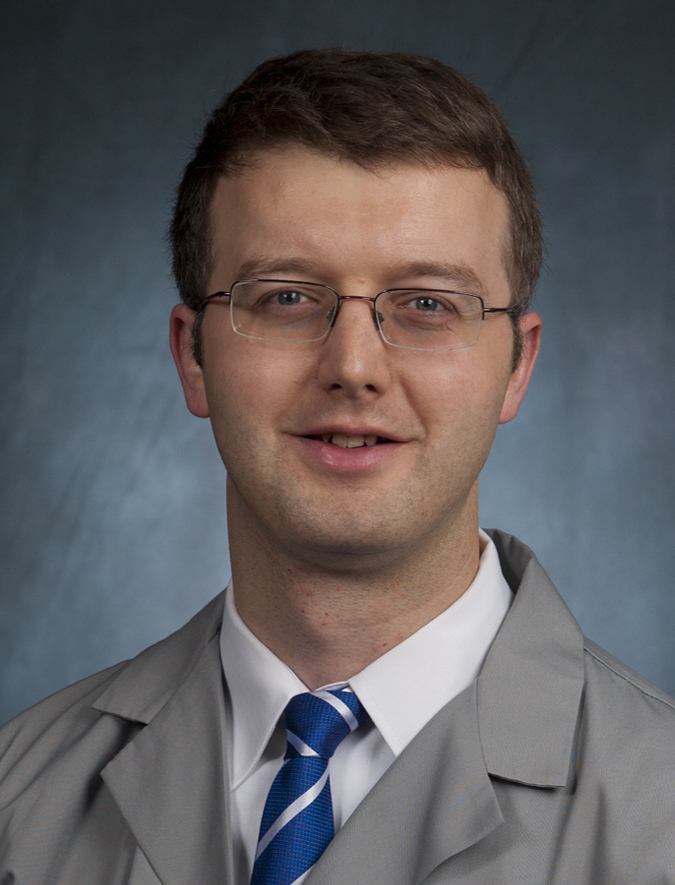Computational techniques for the assessment of fracture repair Journal Article
Local Library Link: Find It @ Loyola
| Authors: | Anderson, D. D.; Thomas, T. P.; Campos Marin, A.; Elkins, J. M.; Lack, W. D.; Lacroix, D. |
| Article Title: | Computational techniques for the assessment of fracture repair |
| Abstract: | The combination of high-resolution three-dimensional medical imaging, increased computing power, and modern computational methods provide unprecedented capabilities for assessing the repair and healing of fractured bone. Fracture healing is a natural process that restores the mechanical integrity of bone and is greatly influenced by the prevailing mechanical environment. Mechanobiological theories have been proposed to provide greater insight into the relationships between mechanics (stress and strain) and biology. Computational approaches for modelling these relationships have evolved from simple tools to analyze fracture healing at a single point in time to current models that capture complex biological events such as angiogenesis, stochasticity in cellular activities, and cell-phenotype specific activities. The predictive capacity of these models has been established using corroborating physical experiments. For clinical application, mechanobiological models accounting for patient-to-patient variability hold the potential to predict fracture healing and thereby help clinicians to customize treatment. Advanced imaging tools permit patient-specific geometries to be used in such models. Refining the models to study the strain fields within a fracture gap and adapting the models for case-specific simulation may provide more accurate examination of the relationship between strain and fracture healing in actual patients. Medical imaging systems have significantly advanced the capability for less invasive visualization of injured musculoskeletal tissues, but all too often the consideration of these rich datasets has stopped at the level of subjective observation. Computational image analysis methods have not yet been applied to study fracture healing, but two comparable challenges which have been addressed in this general area are the evaluation of fracture severity and of fracture-associated soft tissue injury. CT-based methodologies developed to assess and quantify these factors are described and results presented to show the potential of these analysis methods. |
| Journal Title: | Injury |
| Volume: | 45 Suppl 2 |
| ISSN: | 1879-0267; 0020-1383 |
| Publisher: | Elsevier Inc |
| Journal Place: | Netherlands |
| Date Published: | 2014 |
| Start Page: | S23 |
| End Page: | 31 |
| Language: | eng |
| DOI/URL: | |
| Notes: | CI: Copyright (c) 2014; GR: P50 AR048939/AR/NIAMS NIH HHS/United States; GR: P50 AR055533/AR/NIAMS NIH HHS/United States; GR: R01 AR046601/AR/NIAMS NIH HHS/United States; GR: R21 AR054015/AR/NIAMS NIH HHS/United States; JID: 0226040; OTO: NOTNLM; ppublish |
LUC Authors
-
 9
9Lack
Related LUC Article
